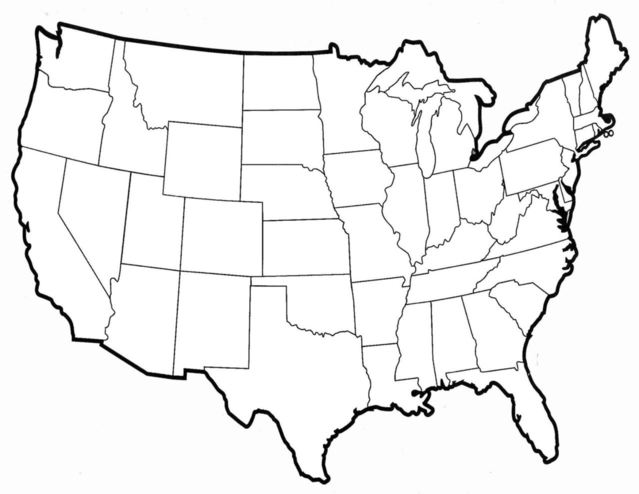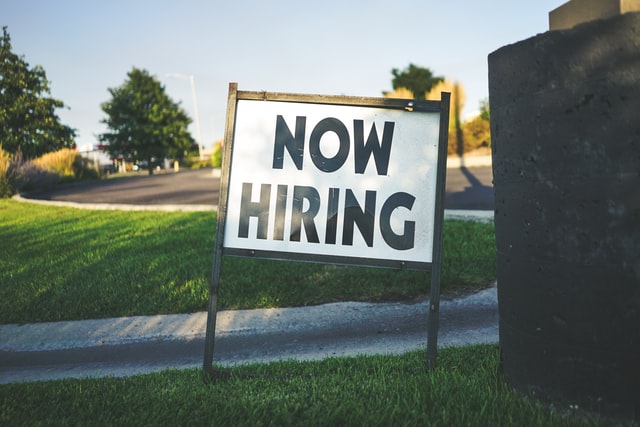Low Income Health Insurance – Everything You Need To Know
For anyone familiar with the healthcare industry in the United States, one thing you probably already know is how expensive health insurance can be.
The health insurance system in America consists of numerous entry points that can be confusing.
Generally, Americans can get health insurance coverage from the government, workplaces, universities, or private health insurance providers. For low-income earners, however, these options are not always available. To find the best low-income health insurance, it is important to first learn about the available options.
For healthcare to be termed as free or low-cost, it is because:
- The monthly premiums are subsidized to serve low-income Americans
- The benefits you get are reduced, meaning the insurance coverage you get is not comprehensive.
Low-income health insurance coverage options in America
Medicaid

You may be entitled to low-income health insurance depending on your state’s eligibility requirements
This healthcare program delivers comprehensive government-based healthcare insurance to low-income Americans.
It is a free social-welfare program for anyone who qualifies for it. In most cases, you do not need to pay any monthly premiums to access healthcare through the program. There are also usually zero requirements in terms of copayments and deductibles.
Medicaid works differently in every state and only covers people who prove they fall in the low-income bracket.
In most states, you qualify for Medicaid when your income is at least 130% below the federal government’s poverty level, while some states have stricter criteria for eligibility.
In most states, you also need to be a member of a medically vulnerable group, including pregnant women, minors, caretakers/parents, disabled, and elderly individuals.
The Medicaid program is paid for by state and federal taxes while controlled at the state level. Even though it is a government-subsidized program, most medical care services are delivered by private businesses.
This means that anyone covered under Medicaid can receive the same healthcare as someone with private health insurance.
Anyone who meets the eligibility criteria can apply for Medicaid through the Affordable Care Act health insurance exchange or the Medicaid program in their state.
Low Income Health Insurance: Affordable care act subsidy
Through the affordable care act, the government subsidizes health insurance costs to make it affordable to modest income earners in America. The subsidies also make it possible for low-income earners to afford and use healthcare insurance. These subsidies are generally meant to make it possible for low earners to afford private health cover, usually a low percentage of the population.
If you earn an income between 100% and 400% of the poverty level, you qualify for a premium tax credit subsidy where the government pays part of your health insurance premiums each month.
This subsidy program is common amongst low-income and mid-income earners in America. According to statistics, by 2021, the cost of health coverage for a family of 4 on the 400% poverty level will be equal to an annual income of 104 800.
Individuals in the 100% to 250% poverty level get help from the government when paying insurance premiums, deductibles, copayments, and coinsurance under the cost-sharing reduction subsidy.
These subsidies are only available under Obamacare, available on the Affordable Care Act’s health insurance exchange.
You cannot use these subsidies to pay for health insurance offered in your workplace or any other plan purchase outside the insurance exchange. Obamacare is also not available to undocumented immigrants, while legally residing immigrants are eligible.
Low Income Health Insurance: Employment healthcare insurance

Low-income health insurance: getting insurance through your employer
Many employers in the USA offer subsidized healthcare insurance to employees and their immediate families as part of the job benefit and compensation package. This type of affordable healthcare is common in permanent, full-time jobs in large companies and uncommon in part-time jobs and small businesses.
When you get a job that offers healthcare insurance, you are given a limited period to sign up under the employer’s cover.
Once the deadline passes, you will remain uncovered under your employer until the next annual enrollment period. Once you are registered, you will have to wait between 30 to 90 days before you can start using the cover.
With employer-based health cover, the company covers part of the insurance premiums, and you pay the remaining amount. The shares are automatically deducted from the paycheck to ensure you do not miss a payment.
The deduction is done before your income tax is calculated to ensure to do not pay tax on your health insurance premiums.
With employer-based healthcare cover, you are responsible for paying deductibles, coinsurance, and copays.
Employers offer savings plans like health saving accounts, health reimbursement arrangements, and flexible spending accounts for these extra medical expenses.
